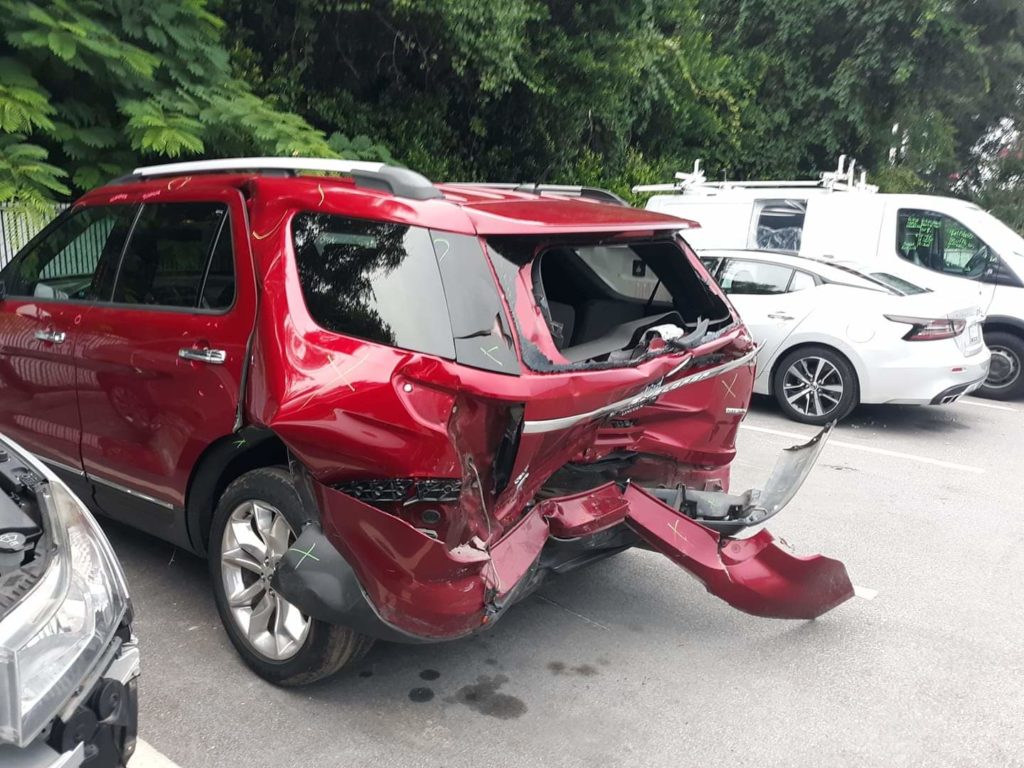
The terms “Economic Total Loss” and “Constructive Total Loss” are concepts commonly used in insurance, including auto insurance, to assess the condition of a damaged vehicle. Let’s break down the differences in the context of a car:
Economic Total Loss:
In the case of a car, an economic total loss occurs when the cost of repairing the vehicle exceeds its market value or the amount insured. This determination is primarily based on financial considerations.
Insurance companies often use a specific threshold, such as a certain percentage of the car’s actual cash value (ACV), to decide whether the cost of repairs is economically justifiable. The car may be declared an economic total loss if the repair costs surpass this threshold.
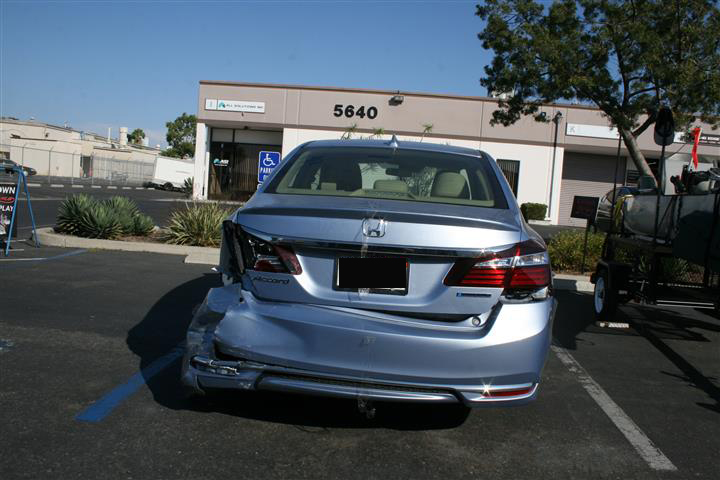
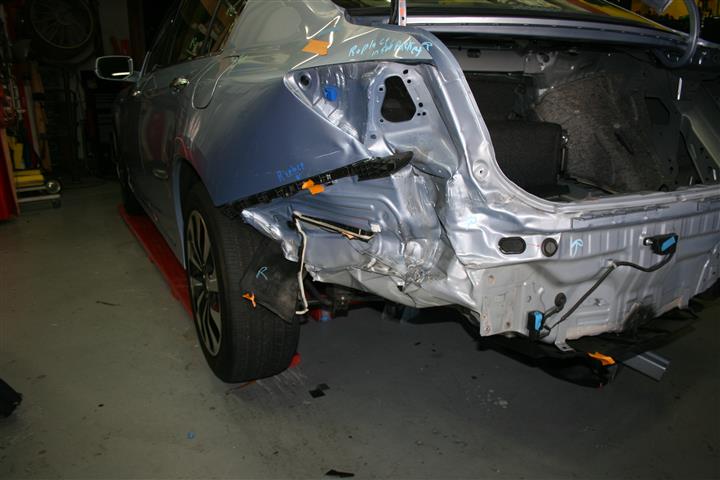
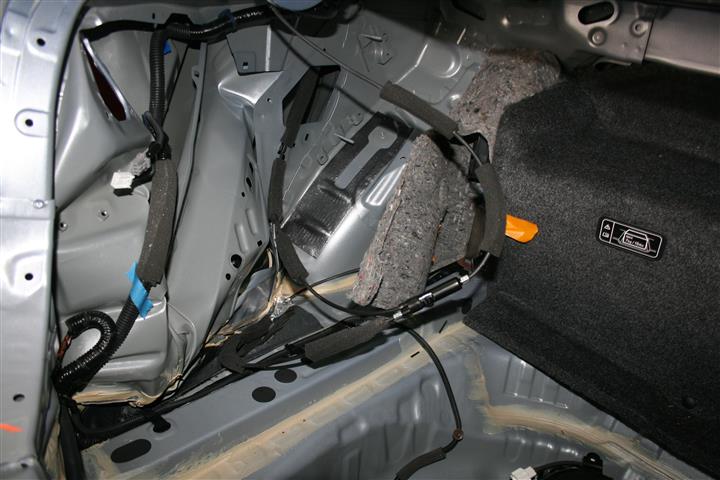
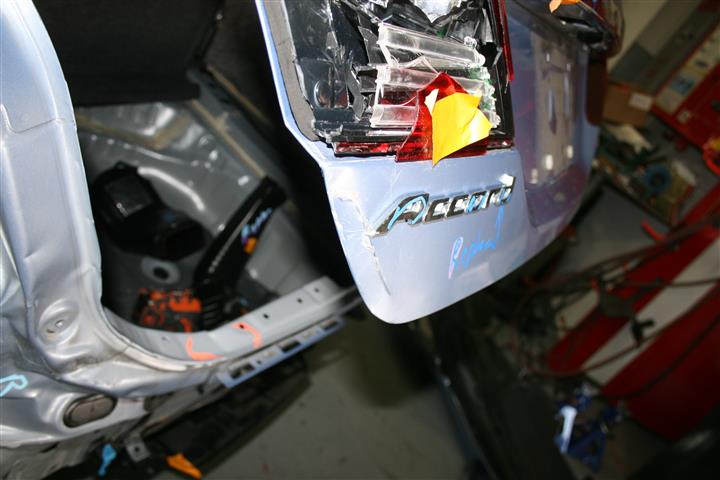
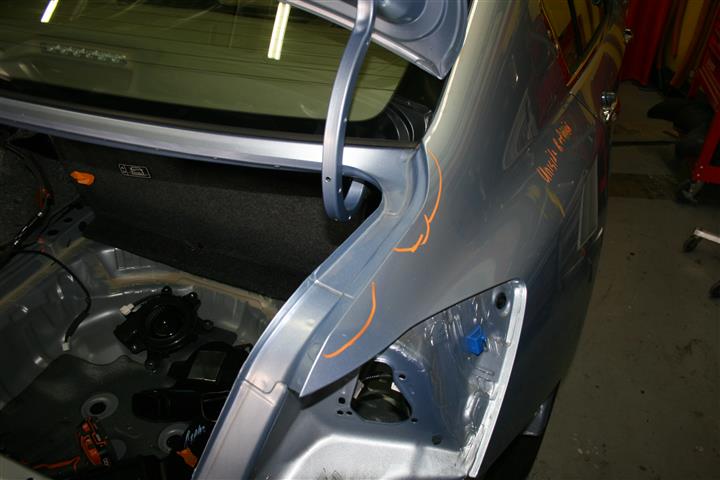
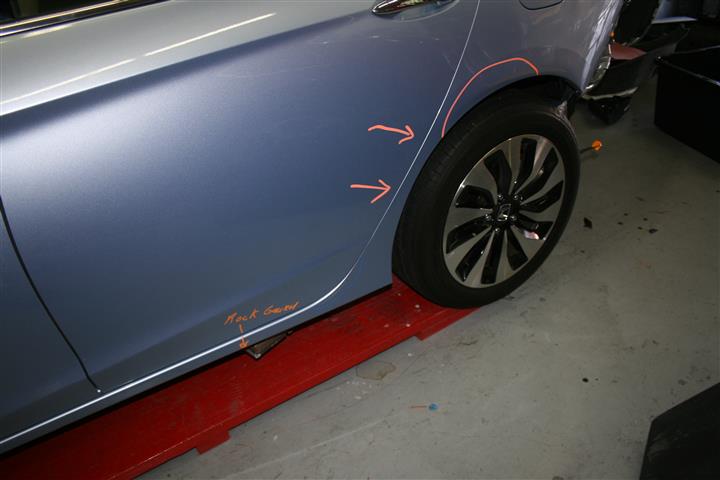

Constructive Total Loss:
On the other hand, a constructive total loss is declared when the damage to the vehicle is severe enough that repairing it is either physically impossible or impractical. Unlike economic total loss, this determination is not solely based on financial considerations but on the extent and nature of the damage.
For example, suppose a car is involved in a significant accident, and the structural integrity is compromised to the point that repairing it would result in a vehicle substantially different from its original state. In that case, it might be deemed a constructive total loss.
Some insurance policies might also consider a vehicle a constructive total loss if the repair costs, while not exceeding the car’s value, would still be deemed excessive.
In summary, while both economic total loss and constructive total loss involve evaluating the damage to a vehicle, an economic total loss is primarily a financial assessment based on repair costs compared to the car’s value. In contrast, constructive total loss considers the practicality or feasibility of repairing the vehicle, given the extent and nature of the damage. These determinations’ specific criteria and thresholds can vary between insurance companies and jurisdictions.

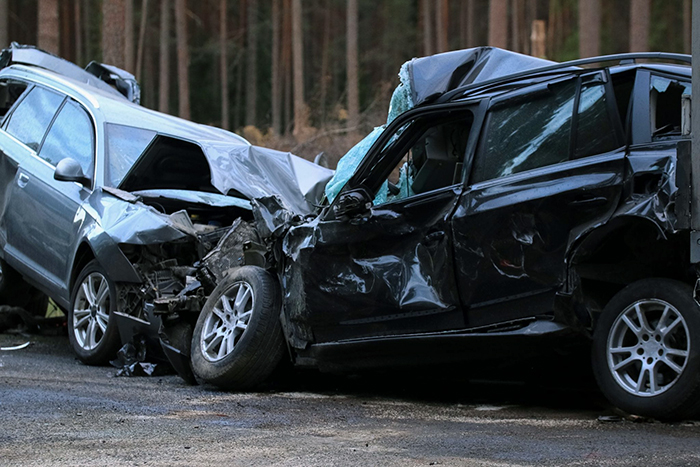
“I met Eddie Martin during the summer of 2008, when he repaired some damage on the front bumper of my then new 2008 red Nissan coupe that I had only owned for two weeks. At about midnight, I was traveling home on an unlit area of Intestate 5 after a very long day with my mother at the Scripps Memorial Emergency Room. It was difficult to see the several pieces of broken tire(s) scattered on the black asphalt, which I and many other drivers could barely see or avoid.
I brought my car to Eddie’s work location in Pacific Beach to repair the front bumper damage, for which he made no promises as to the outcome. When the work was done, which was great, he said he was surprised that the bumper looked better than he had expected. During my visit, Eddie talked about his body shop experience and plan to open his own body repair shop. It was at time I decided that if ever my car required body work repair, that I would only contact Eddie. I have since referred many friends and family to Eddie.
Unfortunately, a few years later, my red car was t-boned as I was approaching a stop sign by a driver that admitted her fault as she was leaving a parking lot. Of course I brought my car to Eddie’s body repair shop, which he did an amazing job of repairing all the damage and finding an exact match to the very difficult red color paint. It was at that time that I saw that Eddie had demonstrated integrity and honesty in his knowledge of body work and the importance of new care parts replacement as opposed to aftermarket parts. I should note, that my father was a part owner in an auto body repair shop in New York and had owned several other auto businesses, so I have some knowledge of the auto repair industry.
Unfortunately, a few years later, my car was keyed in a shopping center parking lot. Of course I contacted Eddie and was completely satisfied with his work.
Eddie has negotiated with auto insurance companies and stood up for his customers’ rights. He has made sure that the insurers pay for his work by following the law and rules. His integrity and honesty has always been first and foremost in his business and I’m certain in his personal life.
I am a retired investigator and worked under the Office of the Attorney General, State of New Jersey Department of Law and Public Safety. Several of my cases involved investigating insurance fraud, and had experience working with insurance companies. I understand how difficult a situation can be for both the insurer and the insured. Also, I have personally experienced how insurance companies have delayed payments and stalled resolving claims.”
Ellen Pleickhardt